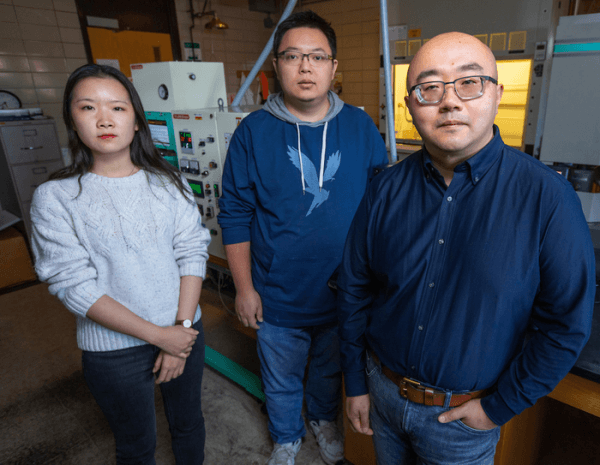Methane, which produces more warming than other greenhouse gases and is the subject of newly announced U.S. emission restrictions, is hard to break down and keep out of the atmosphere.
It’s not that the primary component of natural gas is chemically complex. A methane molecule is just one carbon atom and four hydrogens.
But those carbon-hydrogen bonds are hard to break.
Typically, that involves high temperatures and mixing the flammable gas with oxygen to produce syngas to make methanol and hydrogen to make ammonia. That’s expensive and potentially explosive.
Other conversion reactions aren’t very efficient and also produce the most abundant of the greenhouse gases, carbon dioxide.
So, is there another way to use methane and keep it out of the atmosphere? One that’s safe and efficient? One that returns value? One that helps fight climate change? in the MU School of Natural Resources, who led the study. Rotman also holds courtesy appointments in the MU School of Law and the MU College of Engineering. “Nonpoint source pollution can lead to toxic algae blooms; pesticides and herbicides also contain carcinogens that can threaten human health," she said.
Read more at: Iowa State University
Iowa State chemical and biological engineers Yue Wu, professor, right, Xiaopeng Liu, doctoral student, left, and Fan Yang, postdoctoral research associate, center, are part of the team that's developed a catalyst that converts a greenhouse gas into chemicals used to make plastics and other materials. (Photo Credit: Christopher Gannon/Iowa State University)


